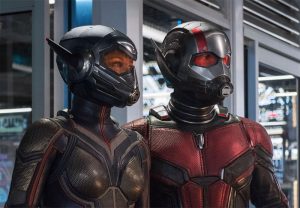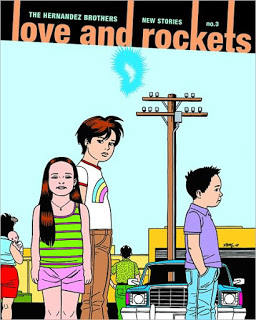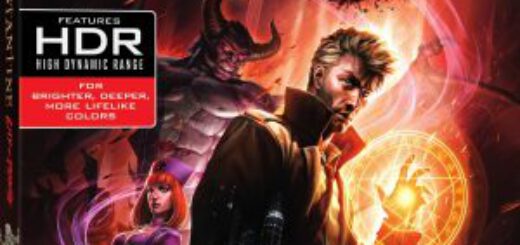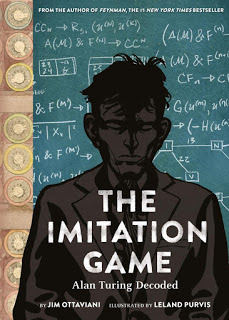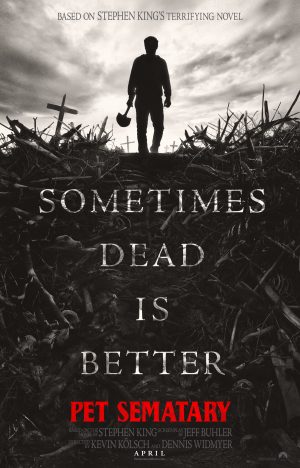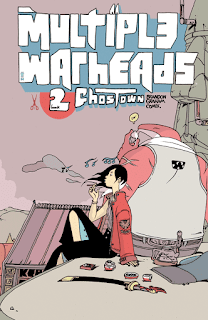REVIEW: Ant-Man and the Wasp
 Ten years ago, Iron Man was released and was hailed as brilliant interpretation of a B-list hero few outside of comic shops knew. Just three years ago, Ant-Man was lauded for taking an even more obscure hero and making the same magic. Where the former’s sequel stumbled, the latter’s soared.
Ten years ago, Iron Man was released and was hailed as brilliant interpretation of a B-list hero few outside of comic shops knew. Just three years ago, Ant-Man was lauded for taking an even more obscure hero and making the same magic. Where the former’s sequel stumbled, the latter’s soared.
Ant-Man and the Wasp, out today on 4K Ultra HD/Blu-ray/Digital HD from Walt Disney Home Entertainment, is possibly even more enjoyable but wouldn’t be that way without having the first film to build on. Hank Pym (Michael Douglas) was the first diminutive hero, using the Pym particles to shrink and perform feats on behalf of S.H.I.E.L.D., eventually sharing his adventures with his equally brilliant scientist wife Janet Van Dyne (Michelle Pfeiffer), until there was the mission where she didn’t return.
Heart-broken, the mercurial Pym withdrew, overly protective of his adult daughter Hope (Evangeline Lilly), who yearned to be a hero. Instead, she watched over her father’s company until circumstances forced Hank to bring in Scott Lang (Paul Rudd) for help. The first film, reviewed here, was charming and focused on family and redemption as sub-text.
But we got a glimmer of Janet in the Quantum Realm and rescuing her became the launch point for the sequel. Wisely, they pick up two years later, with Scott under house arrest for violating the Sokovia Accords and participating in Captain America: Civil War. While he made the most of his time with Cassie (Abby Ruder Fortson), the Pyms were building a quantum tunnel to attempt a rescue. When things go sideways thanks to unscrupulous antics of Sonny Burch (Walton Goggins), the Pyms need Hank’s help once more.
All the threads from the first film are extended and enriched here, from Luis (Michael Peña), Kurt (David Dastmalchian), and Dave (Tip “T.I.” Harris) struggling to keep X-Con Security afloat to Cassie’s strong bond with her father. There’s a weird frenemy relationship that has formed between Lang and his keeper, FBI Agent Jimmy Woo (Randall Park), and their final scene together is a delightful study of awkwardness.
 Added to the cast is Bill Foster (Laurence Fishburne), a former friend and rival with Pym, who once adventured as Goliath. He’s been harboring and aiding Ava Starr (Hannah John-Kamen), whose molecular structure was damaged in a Pym experiment gone wrong that also killed her parents. When Foster and Pym need the same piece of tech, held by Burch, competing needs clash and the fun begins. Ava, known as Ghost, proves a damaged, desperate woman trying to survive much as Hope needs to find her mother, adding a nice level of pathos to the conflict.
Added to the cast is Bill Foster (Laurence Fishburne), a former friend and rival with Pym, who once adventured as Goliath. He’s been harboring and aiding Ava Starr (Hannah John-Kamen), whose molecular structure was damaged in a Pym experiment gone wrong that also killed her parents. When Foster and Pym need the same piece of tech, held by Burch, competing needs clash and the fun begins. Ava, known as Ghost, proves a damaged, desperate woman trying to survive much as Hope needs to find her mother, adding a nice level of pathos to the conflict.
The size-changing is amped up throughout the film, mostly for comedic effects and it works but there’s little consideration of the physical toll this must take on Lang and Pym. It seemed to stop Foster at some point, but it never comes up.
Despite there being five credited writers — Chris McKenna, Erik Sommers, Paul Rudd, Andrew Barrer, Gabriel Ferrari – we learn from the special features that director Peyton Reed wisely allowed a certain amount of improvisation. As a result, the finished film is funny, action-packed, heart-warming, and vastly entertaining. The mid-credits sequence also dramatically establishes exactly where the film fits in with Phase Three.
 The film has been released in a variety of formats including retail exclusive editions with varying content. The one under review is billed as the Cinematic Universe Edition. The dual-layered UHD66 disc brilliantly shows off the vivid colors with a stunning HEVC H.265 encode. Filming used digital photography allowing the 4K disc to be noticeably superior to the Blu-ray. Accompanying is a fine Dolby Atmos soundtrack. The Blu-ray has a satisfactory 7.1 DTS-HD MA audio track.
The film has been released in a variety of formats including retail exclusive editions with varying content. The one under review is billed as the Cinematic Universe Edition. The dual-layered UHD66 disc brilliantly shows off the vivid colors with a stunning HEVC H.265 encode. Filming used digital photography allowing the 4K disc to be noticeably superior to the Blu-ray. Accompanying is a fine Dolby Atmos soundtrack. The Blu-ray has a satisfactory 7.1 DTS-HD MA audio track.
Special features found on the disc includes Audio Commentary from Reed, complete with an intro (1:08). From there, we have a series of interesting but not terribly informative Making of Featurettes (22:30): Back in the Ant-Suit: Scott Lang; A Suit of Her Own: The Wasp; Subatomic Super Heroes: Hank & Janet; and Quantum Perspective: The VFX and Production Design of Ant-Man and The Wasp.
Additionally, there are surprisingly short Gag Reel (1:31) and Outtakes, featuring Stan Lee adlibbing for his cameo (:46) and Tim Heidecker (1:29). We have just a two Deleted Scenes, with Optional Commentary by Reed (1:38).
There are some Digital Exclusives, with Movies Anywhere offering It Takes Two (:59) and Vudu including the previously seen 10 Years of Marvel Studios: The Art of the Marvel Cinematic Universe (10:19) and Leader of the Colony (2:36), spotlighting Reed

